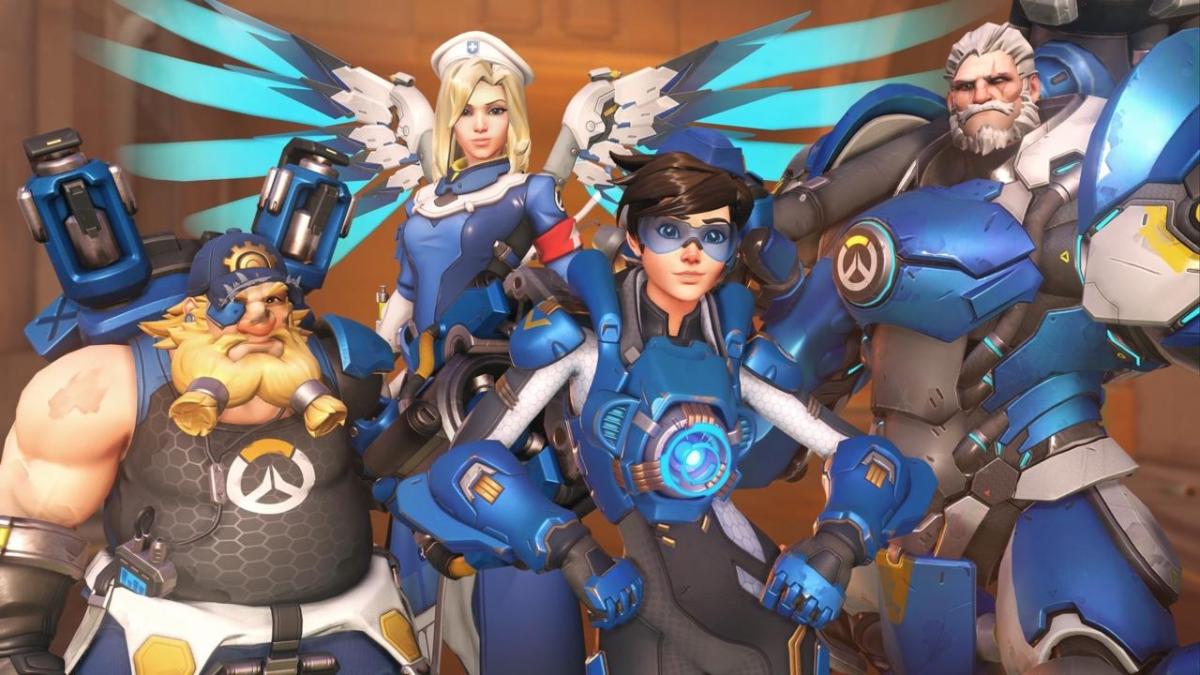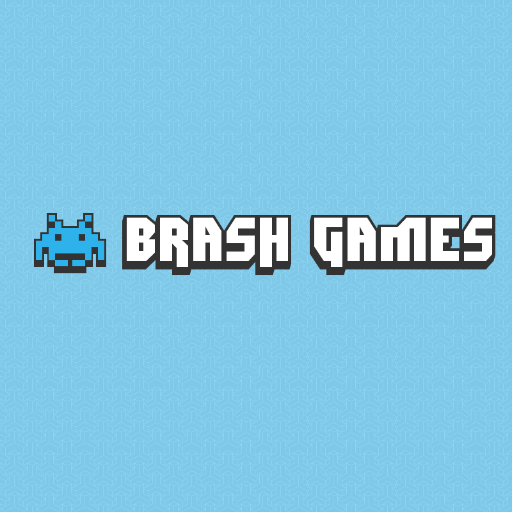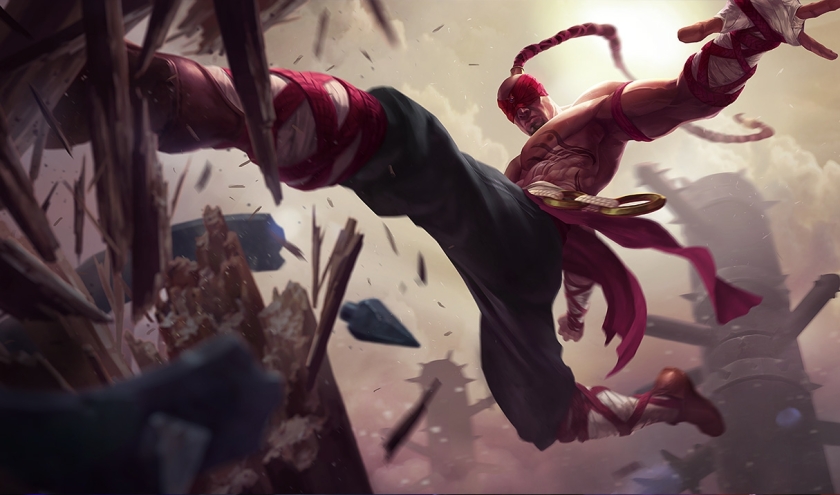The usual course of action when someone opens an article like this is to hearken back to their fondest memory. In my case, when it comes to esports, I don’t have a singular fond memory that makes me go “That’s it. That’s when I knew it’d be a big”. Rather, I have a pick-up truck worth of memories where I recall how things happened and the stories associated with them. I remember watching EVO Moment #37, not really understanding why it was a big deal but getting hype anyways. I remember watching pro Starcraft and getting frustrated when I didn’t have the dexterity or the APM to play it on a professional level. I remember the hype and memes surrounding the MLG circuit with Halo and everyone scrambling to throw together a team for an online tournament.
It makes me sad that all of that is gone.
Prime Time Entertainment
I’ll be blunt that I was never really invested in the new wave of esports. Sure, I watch Worlds and see what’s happening at The International but the drive to remain current and up-to-date is gone for me. I could argue that I outgrew esports but when you have journalists, players and people who are decades older than I am, it’s not a strong argument. What really changed my point-of-view on the subject is remembering part of why I loved old esports: It was an untamed wilderness.
Back then, esports were an uncertain field. Things like vulgar language, fights and money matches were common. I’d compare it to something of an underground fight club, where you could only really catch these matches on the tail-end of a shaky recorded youtube compilation. When someone got demolished in a match, you could bet that they’d throw their controller and scream some horrible epithets about their opponent. These days, you’re lucky to get someone saying they’ll easily beat an enemy.
To me, the main problem with esports is the move towards widespread entertainment and consumption. A once-niche audience of seeing who was the best is now prime time entertainment for the masses. Games are designed to have esport scenes from the ground up, vying to be the next big part of the pantheon. In this way, esports has to move towards normalization and political-correctness. It’s not “right” to scream in an enemy’s face. It’s not “setting a good example” to mock and laugh at someone you beat in a perfect match.
This point could just be nostalgia. Someone looking back and saying that it wasn’t like what it used to be so it’s worse. That’s understandable. After all, esports had to mature to reach a wider audience right?
Money and Politics
This is the part that can’t be disputed. Since the move, money has been pouring into esports like cake batter into a pan, covering every inch of it. Companies are increasing their hold over their games and forcing out both competition and people they do not desire. This isn’t ubiquitous to a single esport either. Every single game these days has this problem and will continue to have this problem.
These situations fall into two major fields that can be described with media: 1984 vs. Mad Max.
1984-style esports are your big organizations like Riot, Blizzard and so-on. These are the guys who own and dominate their game and crush out any ill-will. You will play by their rules or you won’t play at all. Coincidentally, these are also the places that are moving heavily toward franchising. It’s a move that holds skepticism as nothing of the sort has been attempted to such a large scale. This idea is an easy pill to swallow as well. Oh, the big bad corporation hates dissent and wants to establish a freaky utopia? Where do I sign up to overthrow them?
Mad Max is the esport that everyone likes to pretend is still “original” but can have just as many problems as the former. These types of games such as CS:GO are privy to a lack of regulation and a general disinterest from the publisher/creator. These are the places where seedy backroom deals take place. The places where players don’t get paid but don’t want to come forward. Match fixing, illegal gambling and more take over. The worst part is that most people chalk it up to a few bad eggs. A puddle of toxic waste on the path to greatness. This attitude, in my mind, will lead to an even worse situation than the former style of governing an esport.
The forced competition also has killed much of the comradery in gaming. Sure, you may not like the other game, but you didn’t care if your game was located in the same tournament convention. These days, companies seek to isolate their game further and further even with things like ESL and IEM. I’ve found that in speaking with friends, most focus on only one or two esports. They’re not interested in experimenting and expanding their horizons. They watch one game that they’ll defend to the death.
In esports, it feels like competition has hit a fever pitch. If you’re not in the spotlight all the time, you’re holding onto a dead game and that’s worse than death.
Fixing esports?
You can’t.
Perhaps I’m being cynical but I don’t see a world where esports goes back to its roots. It has had too much money pumped in, become too much of a mainstream thing, to fall back to the place where it began. This also isn’t something organizations or companies want to return to either. With all this money and advertising placed in esports, why would you ever bother going back to how it was? You can control every aspect or just collect revenue while you do very little to manage it. In either case, it’s a flat out success.
The future will also be made by those who grew up on these esports. People who watched the LCS or looked up starry-eyed at the Overwatch League. People who didn’t care much about the game DOTA but saw dollar signs when the prize pool flashed up. People care more about the roar of the crowd than being one of the best players in CS:GO. In an ironic twist, esports has fallen into becoming just any other sport. It has descended into that cauldron of easily consumable entertainment that you and the boys watch every Friday night to see whose team beats which opponent.
Consider this my eulogy for what esports was and why it just doesn’t hold my heart as it used to. Maybe one day I’ll find a game that captures me like Street Fighter III did or old Marvel vs. Capcom 2 videos did. Until then, I’ll consolidate myself to watching the twitter feed with whatever organization or company screws up next and the armchair backlash of people who have a quarter of the facts.





















You must be logged in to post a comment.